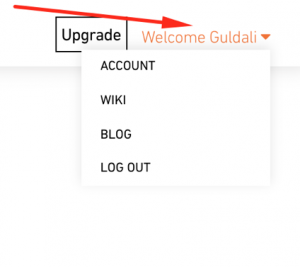Jmeter vs Loadrunner Which Load Testing Tool Should You Choose
Essentials for Load Testing with Loadium
Essentials for Load Testing with Loadium

Loadium is designed to be user-friendly, but everyone needs some help to get started. Here is a quick guide for newbies!
What is Load Testing?
Let’s say you are an engineer who is to design a bridge. What should you consider when designing this bridge?
First of all, you have to calculate the maximum number of cars that could pass over the bridge and the average weight of these cars. Similarly, in the software world, applications are designed for a specific concurrent user load.
Load testing ensures that potential malfunctions in the system are detected and prevented in advance by identifying problems such as delays and enabling page prevention in the system when multiple users access the application.
The purpose of load testing is to maintain system reliability and performance, to ensure the successful operation of the system software, and to ensure that the end-user benefits from the system with full efficiency.
What is Loadium?
Loadium is a 100% domestic product developed by Testinium Inc. engineers. Its purpose is to simulate demands from heavy loads and disorganized systems, that are close to real-user behavior and provide reports instantly. The most important difference from standard products is that the demands requested from a wide network get the closest results to the real demands and the reach loads of millions of demands can be reached.
How can Loadium help you run your load tests?
First, you need to create an account to be able to use Loadium and its basic features. There are two types of accounts:
- Free Account (free for 10 tests)
- Paid account
To create an account, go to the website.
After logging in with valid credentials, you will be greeted with Loadium’s home page.

You will see the New Test section on the main screen. There are five tabs at the top.
Which are:
- New Test: This option allows you to run a JMeter Test, Gatling Test, HTTP Test, Webdriver Test, and Convert to JMX-based performance test projects.

2. Projects: This option allows the tests to be grouped.

3. Test: This option lists all performance test projects you have created.

4. Running Test: This option shows your active tests

5. Compare Test: This option allows you to compare the results of any test run with each other.

On the upper right, there is a navigation menu.


You can use the Upgrade button to upgrade your subscription type to another plan.
Happy Load Testing!
Find this article helpful? Check out Loadium for more!
 10 free test runs with up to 100 concurrent users
10 free test runs with up to 100 concurrent users